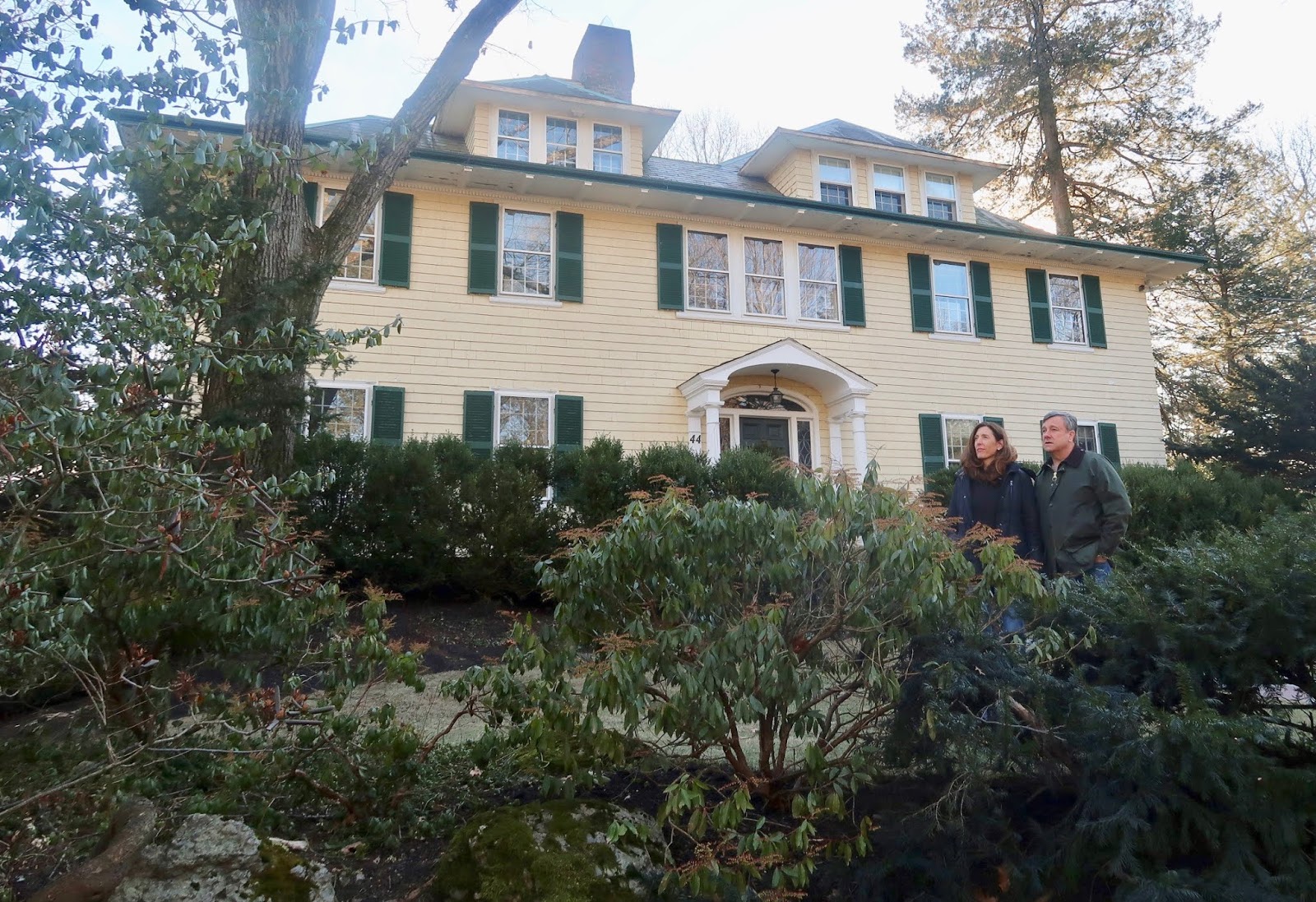Posted by Amanda Gallinat
"You must live in the present, launch yourself on every wave, find your eternity in each moment. Fools stand on their island opportunities and look toward another land. There is no other land; there is no other life but this..."
-Henry David Thoreau in his Journal, April 24, 1859
-Henry David Thoreau in his Journal, April 24, 1859
On a recent visit to Thailand, I got the chance to explore the karst islands of Ao Phang Nga National Park. Karst islands are formed by tectonic activity lifting limestone out of the sea, followed by chemical and physical weathering that creates a highly varied landscape.
The most famous karst in Phang Nga Bay is Ko Tapu, or James Bond Island, which was featured in The Man with the Golden Gun. Photo from TAT.
A single karst island can contain a broad range of microclimates, geological features (such as caves and cliffs), and soil properties. In Phang Nga Bay, many karst islands are located next to native mangrove forests, further expanding the range of local habitat types, and wildlife that visit karsts.
A broad karst island in Phang Nga Bay abutted by mangroves. Photo by Nicko Margolies.
Spotting this Brown-winged Kingfisher in a mangrove in Phang Nga Bay was a highlight! Photo by Sam Roberts.
The varied landscapes of karsts are reflected by a striking amount of biodiversity and endemism. Many karst species are highly specialized, such as plants that grow on thin, alkaline soils, cave- and tree-dwelling bats, and invertebrates that either depend on bat guano for food, or in some cases are completely restricted to life on guano piles!
Steep, rocky surfaces on karst islands can support succulents, while just meters away different soil and water conditions are ideal for lush broad-leaved trees. Photo by Nicko Margolies.
In addition to many plants and insects, our group observed bats, macaques, and even Oriental Pied Hornbills on the karst islands of Thailand.
Large fruit bats that roost in the trees atop a steep karst island in Phang Nga Bay can occasionally be seen leaving the island at dusk in search of food. This individual was filmed at Mu Ko Similan National Park (northwest of Phang Nga Bay), preparing to roost after a night out foraging. Video by Sam Roberts.








